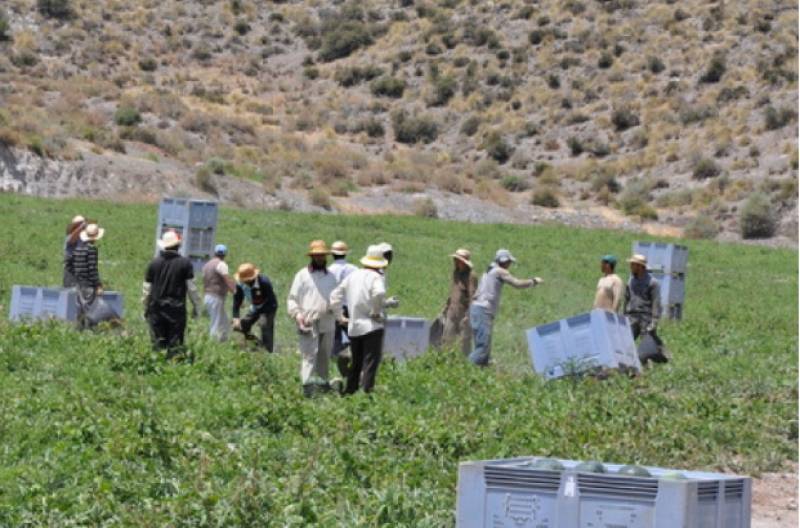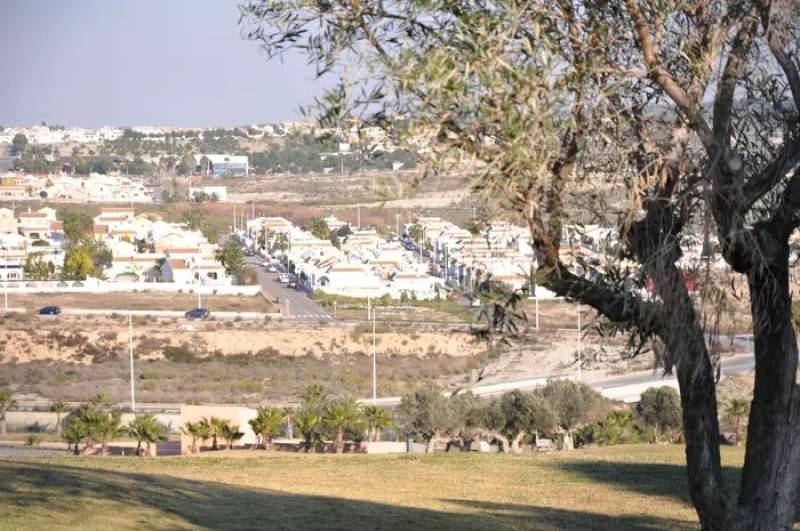Date Published: 06/10/2025
Agriculture drives Murcia to top of Spain's minimum wage league
ARCHIVED ARTICLE -
Only the Canary Islands saw a bigger increase as Spain's farming heartland feels the impact of recent wage reforms
The
Region of Murcia has quietly become Spain's second biggest minimum wage success story. Thanks largely to its massive agricultural sector, the Region saw an 8.1% jump in minimum wage, trailing only the Canary Islands at 9.6%.
These numbers represent real change for thousands of workers across the Region, according to a new technical study from AIReF, Spain's Independent Authority for Fiscal Responsibility.
The study examined two key moments: the 2019 reform when minimum wage hit €900 and
the 2023 increase to €1,080. Using data from Spain's Social Security records spanning 2018 to 2023, researchers tracked exactly who was affected and how much their wages grew.
Back in 2019, when the government first pushed through major reforms, Murcia's minimum wage workers saw a 3.9% increase. The Canary Islands led the pack then too at 6.7%, with Extremadura close behind at 5.7%. Meanwhile, the Basque Country barely registered at 1.8% and it's stayed Spain's least affected region ever since, hitting just 2.5% in 2023.
Agriculture saw the most dramatic shift nationwide. The sector's minimum wage impact jumped from 6.3% to 8.6% between the two reform periods. For a region like Murcia, where farming dominates the economy, that's huge.
But there's a complicating factor, and that’s the seasonality of the sector. Agricultural work ebbs and flows with the growing season, which creates wild swings in the wage structure. When you combine mandatory minimum wage increases with an industry built on temporary contracts and harvest schedules, the ripple effects spread fast.
The service sector tells a similar story. Its minimum wage impact rose from 3.5% to 5.4%, hitting hospitality and retail especially hard. The pattern is clear.
Lower skilled jobs feel these increases most acutely, though AIReF's data shows the impact is starting to climb into middle education roles too.
Today in Spain, the typical minimum wage earner is a woman, usually from another country and aged between 16 and 25 years old. Young workers saw a particularly strong 12.1% intensity rate in 2023. The gap between foreign workers (8.2%) and Spanish nationals (4.3%) is also striking.
Spain's Ministry of Labour estimates that about 108,000 people in the Region will benefit from the 2025 minimum wage bump.
The minimum wage has increased from €735.9 gross per month in 2018 to €1,184 in 2025, representing
a cumulative increase of 61%, higher than that recorded in the previous decade.
Has it made a difference? Absolutely. The data shows these reforms have clearly redistributed income and improved job stability. There's some evidence that the 2023 increase might have slightly cooled job creation, but the overwhelming conclusion is that the reforms have improved job integration and stability.
Image: Archive
article_detail

|






































